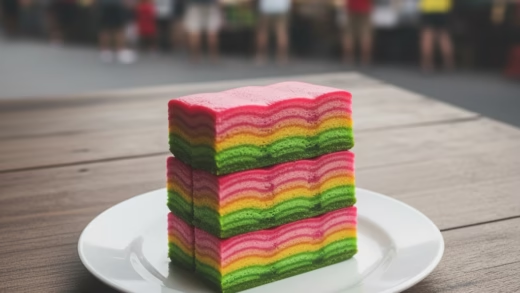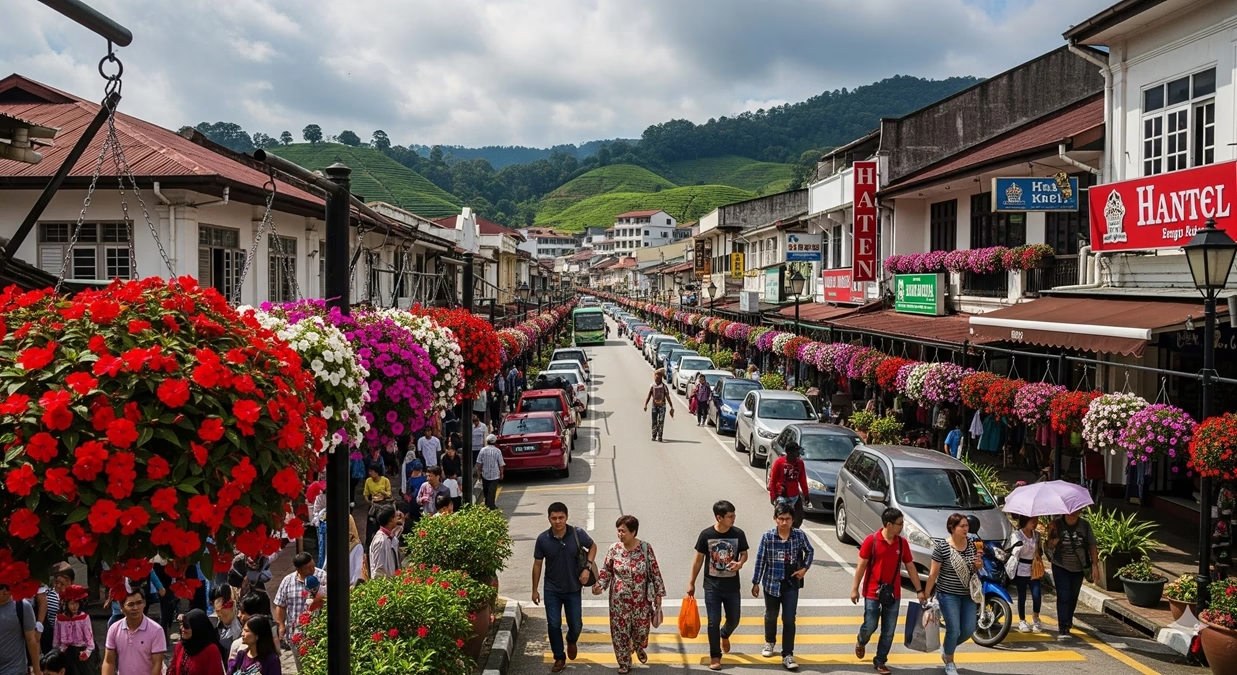Top 10 Fried Noodles in Malaysia 2025

Malaysian cuisine features several distinct and popular types of fried noodles, which are a staple of street food and restaurant menus across the country. The most iconic dishes include:

1. Mee Goreng Mamak
A flagship offering in Malaysia’s culinary ecosystem, this Indian–Muslim stir-fried noodle solution blends spicy, tangy, and savoury profiles. Yellow noodles are elevated with tofu, potatoes, bean sprouts, and signature sambal.
Why it matters: A legacy street-side staple with round-the-clock availability at Mamak outlets.
Best enjoyed at: Kuala Lumpur, Penang, Johor late-night venues.
2. Char Kway Teow
A Penang heritage powerhouse delivering premium “wok hei” performance. Flat rice noodles are synchronised with prawns, cockles, bean sprouts, chives, and occasionally duck eggs.
Why it matters: Benchmark street food for travellers seeking authentic Malaysian flavour architecture.
Best enjoyed at: Penang’s roadside stalls (George Town, Butterworth).
3. KL-Style Hokkien Mee
A Klang Valley icon defined by thick yellow noodles coated in glossy, dark soy reduction. Typically paired with pork, squid, cabbage, and crackling bits.
Why it matters: A legacy dish that demonstrates the Kuala Lumpur wok-culture heritage.
Best enjoyed at: Petaling Street, Klang, and PJ hotspots.
4. Maggi Goreng
A next-gen Mamak innovation that repurposes instant noodles into a fast-moving comfort dish. Stir-fried with egg, greens, and signature seasoning.
Why it matters: Budget-friendly and a consistent favourite among students, night-shift workers, and urban explorers.
Best enjoyed at: 24-hour Mamaks nationwide.
5. Char Kuay Teow (Halal Variant)
Purpose-built for diverse dietary needs, this pork-free variant leverages chicken, prawns, and halal-certified ingredients while preserving the core flavour stack.
Why it matters: High-demand option for inclusive dining, especially across Selangor and KL.
Best enjoyed at: Halal Chinese-style kopitiams and mall food courts.
6. Mee Goreng Basah
A saucy interpretation of fried noodles offering a balanced, semi-wet texture. Combines yellow noodles with vegetables, seafood, and a rich, savoury gravy.
Why it matters: Strong consumer appeal for travellers who prefer moisture-driven textures.
Best enjoyed at: Melaka, Ipoh, and Negeri Sembilan roadside eateries.
7. Mee Kolo (Sarawak Kolo Mee)
A heritage noodle from East Malaysia, featuring springy egg noodles tossed with shallot oil, light soy dressing, and minced meat or halal alternatives.
Why it matters: Represents Sarawak’s cultural DNA and regional noodle engineering.
Best enjoyed at: Kuching and Sibu specialty shops.
8. Singapore-Style Fried Bee Hoon (Malaysian Variant)
A curry-infused vermicelli stir-fried with egg, prawns, vegetables, and aromatics — more Malaysian than Singaporean.
Why it matters: A cross-border culinary evolution with stable adoption across Chinese eateries.
Best enjoyed at: Penang, Johor, and KL Chinese hawker centres.
9. Mee Tauhu (Sabah Tawau Specialty)
A Sabah-born innovation leveraging taucu (fermented soybean paste) as its core sauce. Paired with tofu, sambal, and yellow noodles.
Why it matters: Unique regional proposition capturing East Malaysia’s flavour heritage.
Best enjoyed at: Tawau stalls and Sabah local eateries.
10. Mie Goreng (Indonesian–Malaysian Cross-Over)
A cross-cultural noodle framework served across Malaysia, often featuring soy sauce, chilli, cabbage, eggs, and meat or seafood.
Why it matters: Highlights Malaysia’s trade-driven food evolution and regional integration.
Best enjoyed at: Johor, KL, Penang Indonesian-influenced food courts.







Comments are closed.